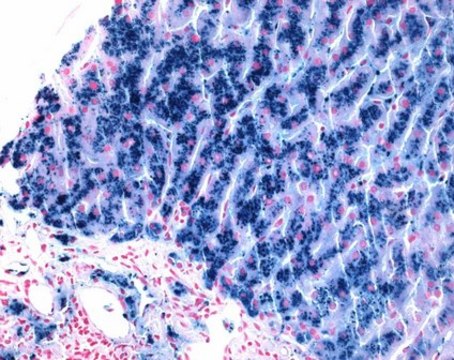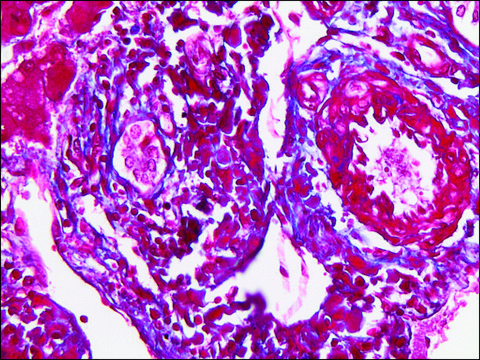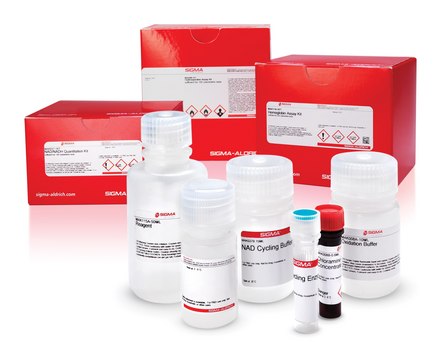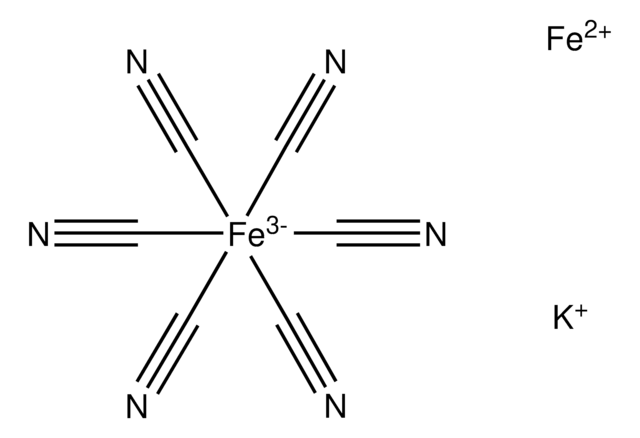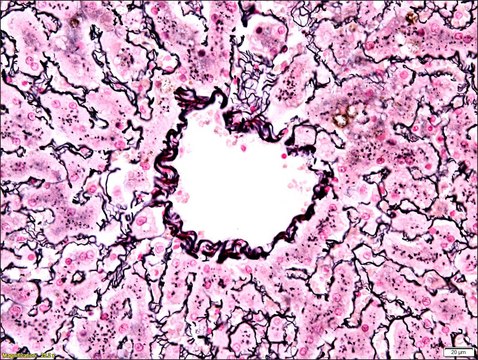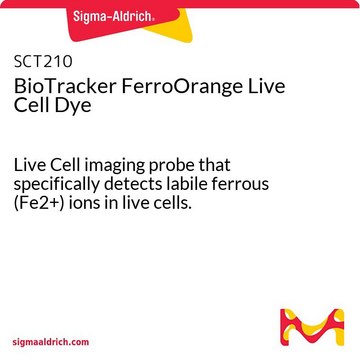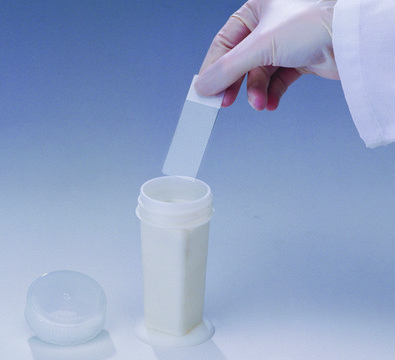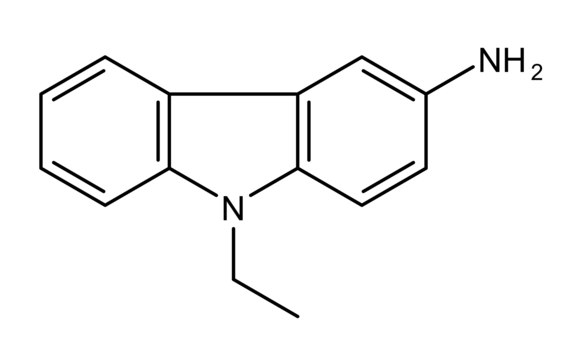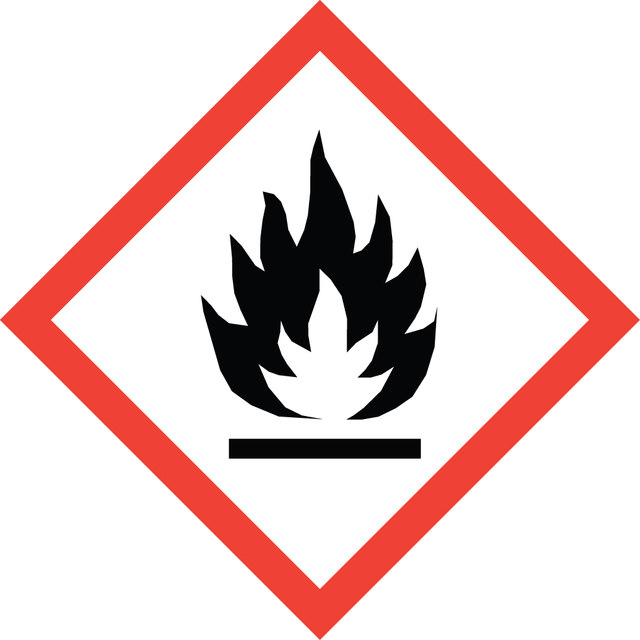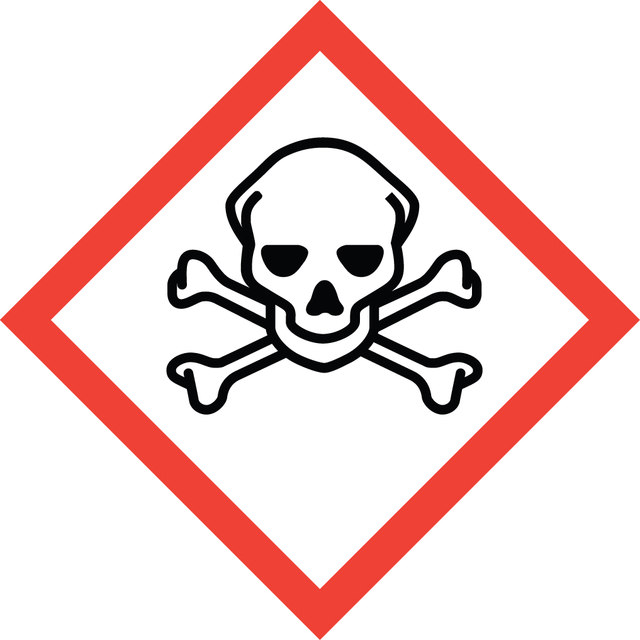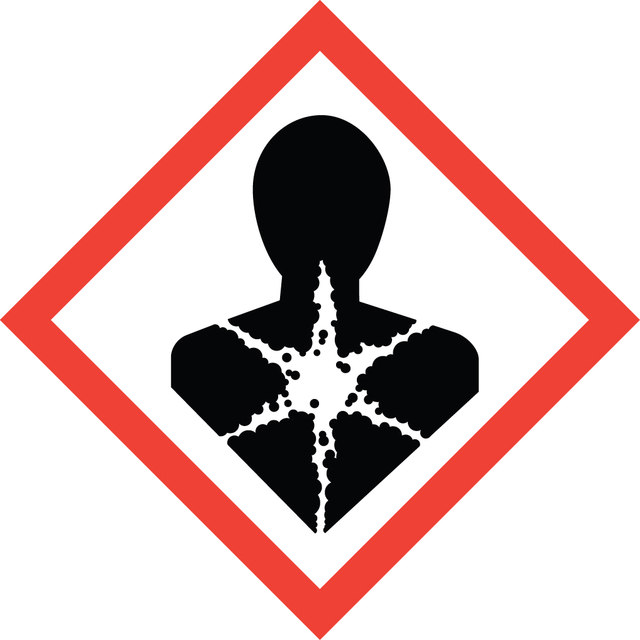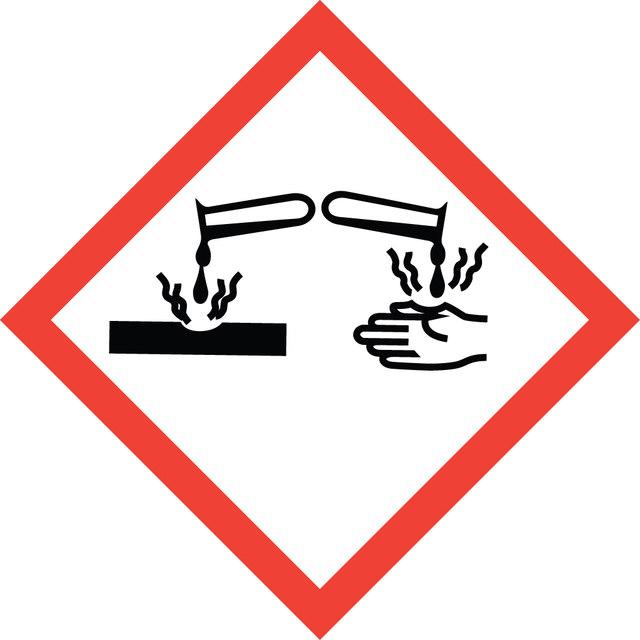Recommended Products
form
solution
Quality Level
shelf life
Expiry date on the label.
IVD
for in vitro diagnostic use
application(s)
hematology
histology
storage temp.
room temp
Principle
related product
Signal Word
Danger
Hazard Statements
Precautionary Statements
Hazard Classifications
Acute Tox. 3 Dermal - Acute Tox. 3 Inhalation - Acute Tox. 3 Oral - Carc. 1B - Flam. Liq. 2 - Met. Corr. 1 - STOT SE 1
Target Organs
Eyes,Central nervous system
Storage Class Code
3 - Flammable liquids
Flash Point(F)
51.8 °F
Flash Point(C)
11 °C
Regulatory Information
Choose from one of the most recent versions:
Certificates of Analysis (COA)
Don't see the Right Version?
If you require a particular version, you can look up a specific certificate by the Lot or Batch number.
Already Own This Product?
Find documentation for the products that you have recently purchased in the Document Library.
Which document(s) contains shelf-life or expiration date information for a given product?
If available for a given product, the recommended re-test date or the expiration date can be found on the Certificate of Analysis.
How do I get lot-specific information or a Certificate of Analysis?
The lot specific COA document can be found by entering the lot number above under the "Documents" section.
Can I buy the reagents in Iron Stain Kit, Product HT20, separately?
The reagents included in this kit are not available for separate purchase.
Is EDTA an acceptable anticoagulant for use with the Iron Stain Kit, Product HT20?
Blood and bone marrow samples should be drawn without the use of EDTA as an anticoagulant. The EDTA chelates enough Iron to interfere with adequate staining. We advise using heparinized blood or freshly drawn blood which has not been anticoagulated.
Is it necessary to use the counterstain to view tissue Iron when using the Iron Stain Kit, Product HT20?
Iron in tissue samples (used for research) can be visualized without the Pararosaniline counterstain, which is used to allow improved visualization of the tissue.
Can the Iron Stain Kit, Product HT20, be used to stain cultured cells, rather than blood or bone marrow?
This kit can be used to stain cultured mammalian cells, which should be treated as blood or bone marrow and follow instructions given for specimen collection in the Package Insert. We advise using some sort of positive control.
How do I find price and availability?
There are several ways to find pricing and availability for our products. Once you log onto our website, you will find the price and availability displayed on the product detail page. You can contact any of our Customer Sales and Service offices to receive a quote. USA customers: 1-800-325-3010 or view local office numbers.
What is the Department of Transportation shipping information for this product?
Transportation information can be found in Section 14 of the product's (M)SDS.To access the shipping information for this material, use the link on the product detail page for the product.
My question is not addressed here, how can I contact Technical Service for assistance?
Ask a Scientist here.
Related Content
Learn about the clinical study of blood, blood-forming organs, and blood diseases including the treatment, prevention, and stains and dyes used in hematology testing.
Our team of scientists has experience in all areas of research including Life Science, Material Science, Chemical Synthesis, Chromatography, Analytical and many others.
Contact Technical Service